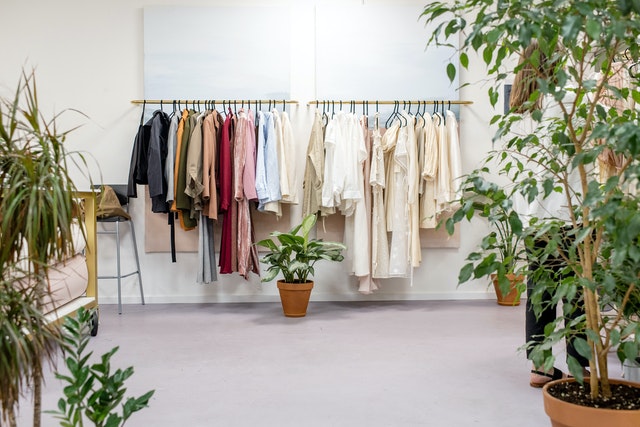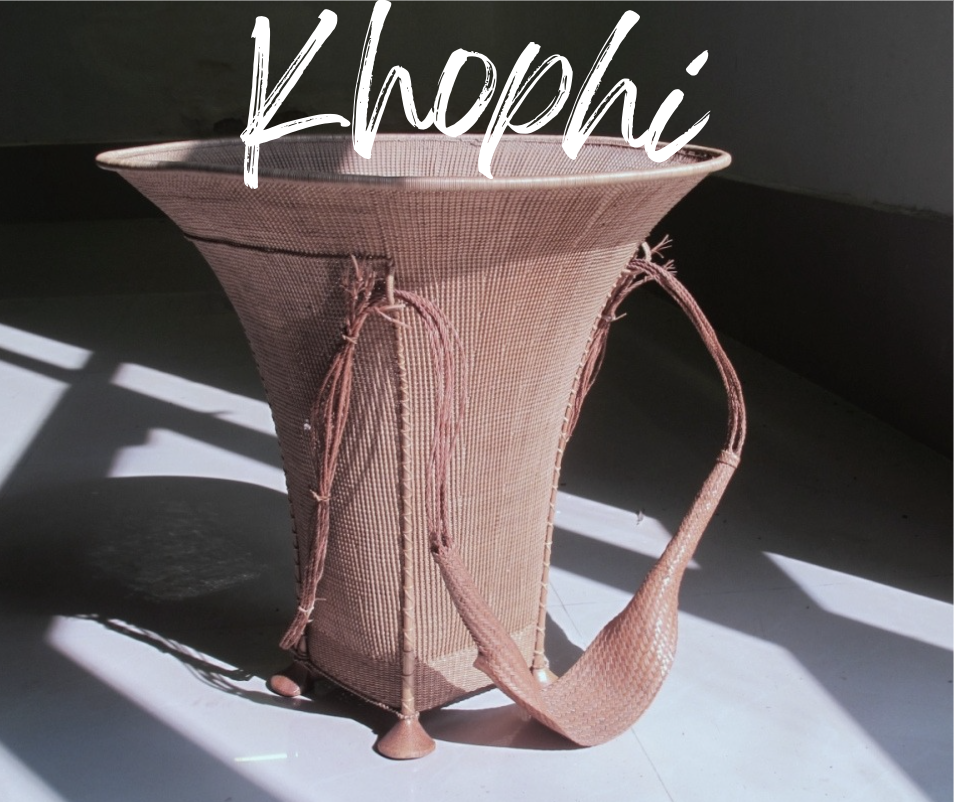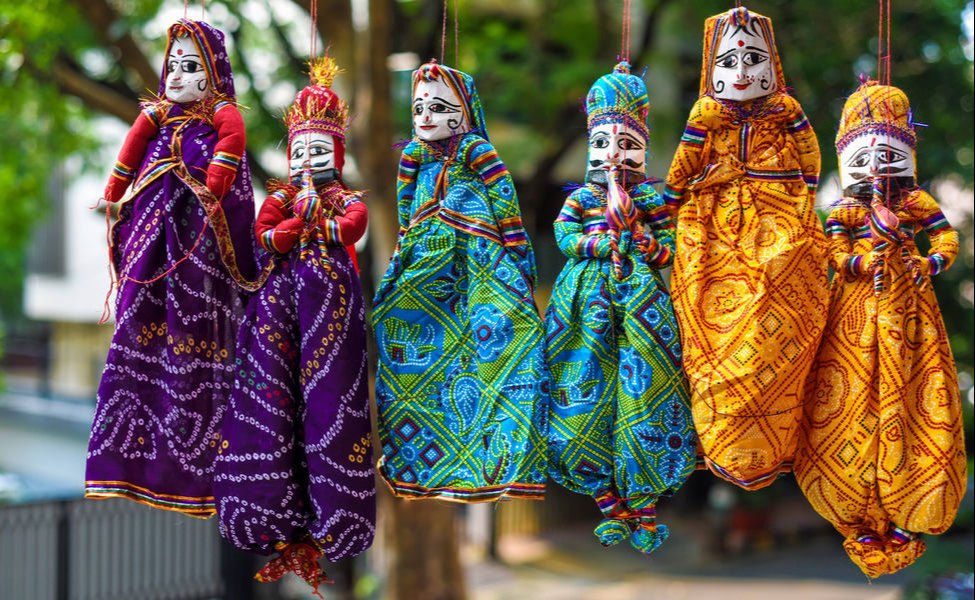Exploring Sustainable Raw Materials For The Fashion Industry (2022)
Feb 02, 2022 | Angelo Echave
 As we move to the new year of 2022, people have looked further into the future to create a plan to address our carbon footprint. As suggested by the United Nations, we should aim to achieve carbon neutrality by 2050. So how will the fashion industry achieve its side of the bargain while maintaining its marketplace?
As we move to the new year of 2022, people have looked further into the future to create a plan to address our carbon footprint. As suggested by the United Nations, we should aim to achieve carbon neutrality by 2050. So how will the fashion industry achieve its side of the bargain while maintaining its marketplace?
At Rural Handmade, we suggest using sustainable fibres. Regardless of the size of your business, everyone is capable of finding alternatives to their current production and it can start with the raw materials. The fashion industry has many options to pick from and this blog is here to help you find a better choice.
If it is not possible to reduce our carbon footprint from transportation or shipping, the fashion industry can focus on innovation and using sustainable raw materials, like creating a renewable alternative to traditional practices of producing cotton fibres.
Let’s discuss our picks of sustainable raw materials for fashion.
1) Cellulose Fibres
Let’s discuss our first choice of sustainable raw materials; Cellulose Fibres.
Given by the name, Cellulose fibres are fibres created from cellulose. Cellulose is a raw material that comes from bark, wood and plant leaves. This is the most common plant-based fibre. The raw material includes jute, hemp, bamboo, soy, banana and many more.
For this blog, we will explore the cellulose fibre known as Viscose - also commonly known as Rayon. Viscose is considered to be a type of semi-synthetic fabric. This is due to the main ingredient being wood pulp but the raw material goes through an extensive production process to become a fabric.
The production would go through seven different stages:
Cellulose
Alkali Cellulose Conversion
Pressing
Ageing and xanthation
Ripening
Filtering and extruding
Acid bath and completion
As an over-simplification, the raw material, cellulose would be extracted in a pure form. It would go through a chemical process of converting the raw material into alkali cellulose. After a few more processes as alkali cellulose, it would be bathed in sulfuric acid. As the end product, rayon filaments are created to be weaved into fabric.
Despite seeming like a very long and expensive process, it is surprisingly not. Compared to the production of alternative fabrics, this method is a cheaper choice and capable of being produced on a large scale.
So what makes viscose fabric, like Rayon, a better alternative than a material like cotton?
At first, individuals consider the production of cellulose fibres to be in the same calibre as cotton fibres. This thought process comes from the fact that rayon is a semi-synthetic fibre. However, this is not the case due to cellulose fibres are derived from plants.
Even though cellulose is produced through a natural process from plants, the actual fibre does go through an extensive process. As rayon is manufactured, the production process requires the use of toxic chemicals that are hard to dispose of post-production. As a result, if the toxic chemicals are not handled with care, they could potentially harm the local ecosystem.
While cotton has the option to be produced sustainably, rayon is forced to use these toxic chemicals in its production. So when you consider using cellulose fibres, keep these facts in mind.
2) Protein Fibres
Our second pick for a sustainable choice in fabrics is Protein fibres, also known by another name - natural fibres. From what the name suggests, protein fibres are created from a natural raw material produced by different animals. A few well-known proteins fibres are wool, silk, mohair and cashmere. Other protein fibres come from llamas, alpacas and vicuna.
Although there are many different options for protein fibres, we will focus on the usage of wool.
For the production of wool, these are the stages it goes through:
Shearing
Cleaning
Sorting
Carding
Spinning
Weaving
Post-production
Unlike Cellulose fibres, the production of wool does not use any toxic chemicals. Rather, the initial start of production depends on the wool-bearing animal and how big of a coat it can produce. Afterwards, it’s a simple process of cleaning the wool and preparing it for fabric use.
So why suggest protein fibres?
Firstly, it is a great renewable raw material that can be replenished with the passage of time. Most animals that are used for protein fibres would reproduce their coat, such as sheep and cashmere goats. This same effect cannot be done by synthetic materials.
Another important benefit is that clothing produced with protein fibres are biodegradable and production could be carbon neutral. Aside from transportation and shipping, the carbon dioxide production from protein fibres is less than any production for synthetic fibres.
Although, if the process of harvesting animals for their coat can be a sustainable method of production, it does not mean it always is. There is a potential chance that the animal may be raised in bad conditions that can be detrimental to their health and grazing land. So when considering protein fibres, check the process of the sustainable nature of the animal’s coat harvest.
On another note, other natural fibres can imitate protein fibres. One such example is wild rubber. Unlike wool, wild rubber is produced from trees in the Amazon rainforest. While it is not in the same known calibre as wool, wild rubber has the potential to be an alternative.
3) Manufactured Fibres
While we have spoken about cellulose fibres, there is a further step that these raw materials can go through. As a result, manufactured (or semi-synthetic) fibres are created. As we discuss manufactured fibres, we are speaking of two different kinds; regenerated and synthetic.
If you want to learn more about regenerated, read back on our chapter about cellulose fibres. They are a great example of regenerated manufactured types of fibres. For this chapter, we will look more into synthetic (and semi-synthetic) manufactured fibres.
We have many options when it comes to synthetic fibres. For example, lyocell (also known by Tencel), polyester, nylon, spandex and acrylic fibre to name a few. We will focus on lyocell production and its nature to be sustainable.
While lyocell is quite similar to rayon (viscose) and its chemical identity, it is a derivative with a different production process. The product start is the same with the harvest of the raw material of wood pulp for his cellulose. Rather than a process of chemical usage, it is filtered, spun and washed into long, thin fibres. The fibre would become versatile as the material can be mixed with other types of textiles like cotton, silk or rayon.
Even though we are suggesting alternatives to producing textile products, we should still be aware of the benefits and drawbacks of manufactured fibres.
A general reason why synthetic fibres are so commonly used in textiles is due to their durability, readiness and cheaper cost of production. Fashion is a grand industry that is constantly changing and filling thousands of demands for clothes. Synthetic fibre just helps these businesses in meeting the demand.
However, while synthetic fibres help these businesses, it does not always help from an environmental standpoint. Unfortunately, not every synthetic fibre like polyester is biodegradable or sustainably made. A great example would be the production of nylon. Nylon is produced with the use of crude oil, which is a detrimental environmental effect.
While it is possible to produce polymer fabrics with less detrimental effects, it will continue to have them. There is no good way to full mitigate all these negative effects; aside from disposing of them properly.
4) Fungal Species
Our last suggestion for a sustainable raw material is the fungal roots, also known as mycelium. In the fashion industry, mycelium is used to create artificial leather - capable of mimicking the look, texture and utility. While mycelium is an innovation and not too known, it is capable of reducing the harvest of animals for their leather hides.
For the production of mycelium, it is quite simple. Fungi and mushrooms are grown in a controlled environment to produce a complex root system that is like an interweb of cells. We would harvest these roots (mycelium) and go through the usual production process of leather such as tanning and dying the material. A good example would be the production of Mylo.
Very much similar to protein fibre, mycelium is a very eco-friendly and sustainable raw material. With the passage of time, fungi and mushrooms would produce mycelium. This mycelium will be harvested and regrown constantly.
The current production of mycelium, such as Mylo, does not allow it to be biodegradable. Although, the same can be said about animal and synthetic leather. So when it comes to picking leather that has better sustainability, mycelium comes out on top.
Conclusion
After discussing our five picks of sustainable raw materials for fashion, which one would you pick?
At Rural Handmade, we find that there are many more options for fashion to beat that industry standard of the second-highest producer of CO2 admissions. With these options in front of us and many more innovations around the corner, the fashion industry is capable of reducing its carbon production and achieving the United Nations’ 2050 carbon-neutral goal.
So what’s next on the line?
We recommend looking more into these raw materials and seeing what you can do with them. As we have mentioned in our introduction, regardless of the size of the business, the fashion industry is capable of becoming sustainable. It can start at the beginning of their production - the raw materials.
If you would like to hear more about handicrafters in developing countries or our approach to sustainability in the fashion industry, come visit our website and have a chat with us.
Contact us at support@ruralhandmade.com.
We look forward to hearing your thoughts on the matter and how we could work together to achieve the carbon neutrality goal by 2050.
Recommended



Wholesale / B2b Kathputli Puppets From Ahemdabad
Dec 16, 2024





